Sleep has always been essential to health, but the latest trend in wellness is taking it to a new level. Enter sleepmaxxing, a growing movement that turns optimizing sleep into a full-on lifestyle. While past wellness fads focused on early mornings, fasting, or intense workouts, sleepmaxxing flips the script. It centers rest as a foundation for peak performance, mental clarity, and long-term vitality. Scientists have long known that sleep influences immune strength, memory, mood, metabolism, and even how we age. Now, the public is finally catching up. From Silicon Valley tech workers to professional athletes and stressed-out students, people are now treating sleep like the biohack it really is. Here is what sleepmaxxing is, why it matters, and how you can do it right.
What Is Sleepmaxxing and Why Is It Trending Now
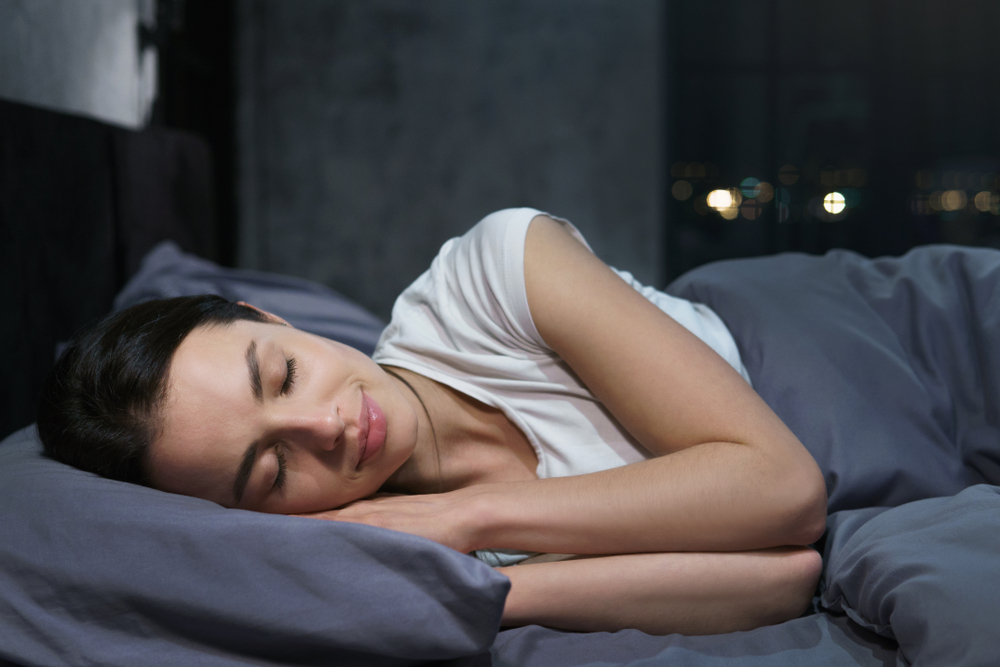
Sleepmaxxing is the practice of optimizing every aspect of sleep to improve health, performance, and recovery. It combines science-backed methods with lifestyle changes to improve both sleep quality and sleep quantity. Unlike simply getting more rest, sleepmaxxing looks at how deep your sleep is, how consistent your sleep patterns are, and how well your body cycles through the different sleep stages. The term borrows from “gymmaxxing” or “healthmaxxing,” which describe extreme dedication to one aspect of wellness. The rise of sleepmaxxing is a reaction to the chronic burnout, screen exposure, and erratic sleep schedules of modern life. Sleep has been undervalued for years, but as research shows its link to everything from Alzheimer’s to hormonal health, this trend is rapidly gaining traction. Social media influencers, podcast hosts, and wellness brands are all pushing the idea that sleep is not lazy, it is elite self-care.
The Science Behind Deep, Restorative Sleep
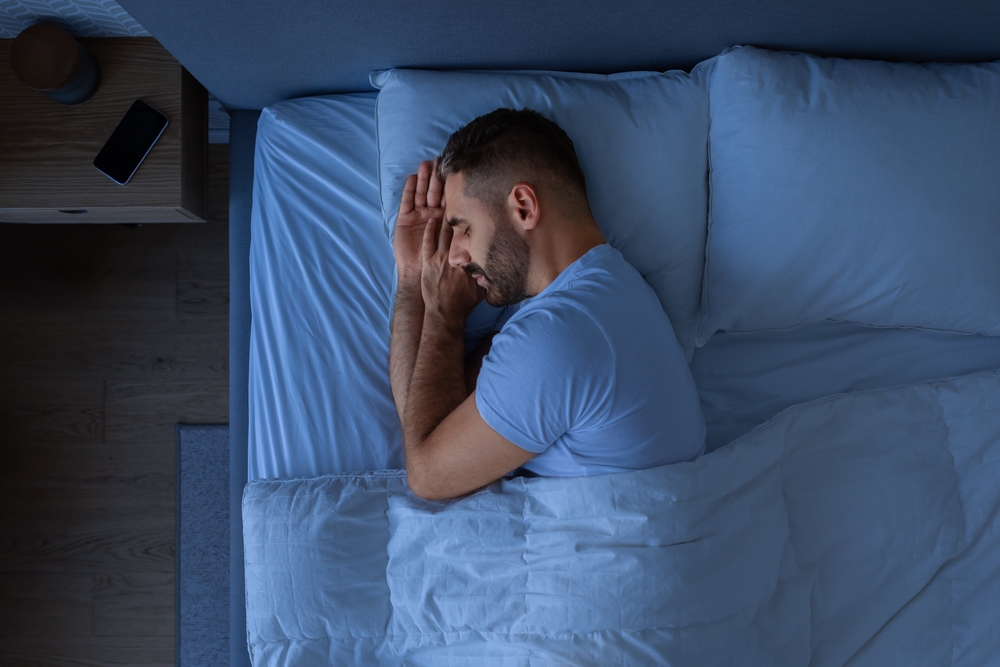
Sleepmaxxing is not about sleeping longer, it is about sleeping better. Your body goes through several sleep cycles each night. These include light sleep, deep sleep, and rapid eye movement (REM) sleep. Deep sleep is essential for physical recovery, while REM sleep supports memory, learning, and mood regulation. Disrupted sleep cycles can raise cortisol, lower immunity, and weaken focus. According to the National Sleep Foundation, adults need about seven to nine hours of sleep per night. However, studies show that over 35 percent of adults regularly get less than seven. Sleepmaxxing aims to reverse this pattern by promoting habits that enhance the quality of each sleep stage. When you master your sleep environment, reduce stress hormones, and align your body clock with natural light cycles, you enter deeper and more restorative sleep. That is when real healing and growth occur.
The Link Between Sleep and Hormonal Balance
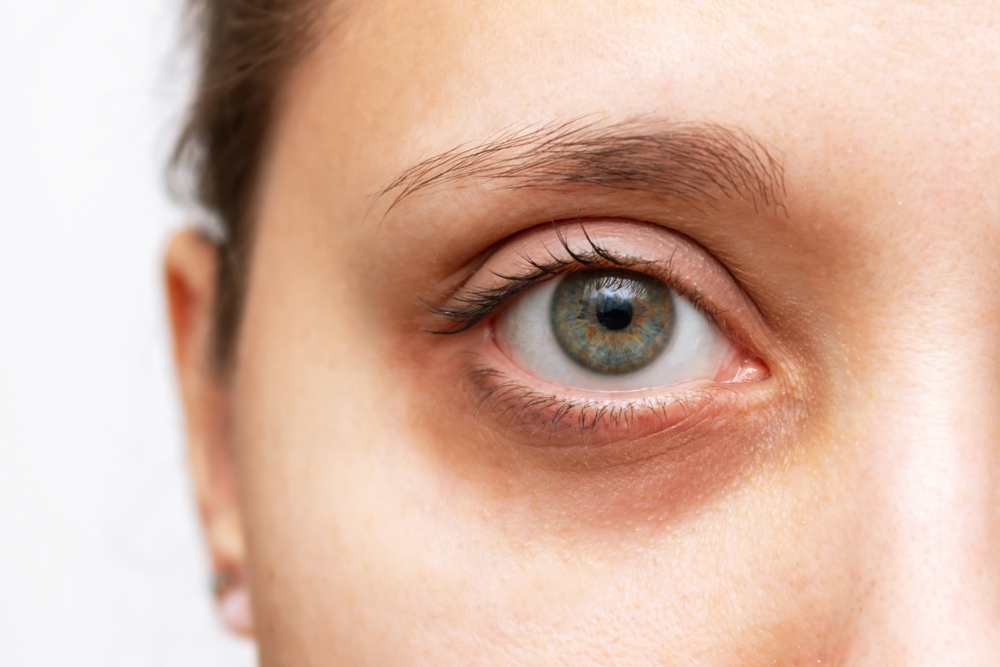
One of the most powerful effects of sleepmaxxing is how it regulates your hormones. Poor sleep disrupts insulin sensitivity, which can lead to weight gain and sugar cravings. It also elevates cortisol, the stress hormone, which weakens the immune system and increases inflammation. Sleep is when your body produces melatonin, a hormone that controls circadian rhythms, and growth hormone, which supports cell repair and fat metabolism. Skimping on sleep reduces testosterone levels in men and disrupts estrogen balance in women. These changes can lead to fatigue, mood swings, reduced libido, and accelerated aging. Sleepmaxxing works by using tools like blackout curtains, temperature control, and blue light reduction to create the right hormonal conditions for nightly repair. With consistent high-quality sleep, your body resets its hormonal clock, leading to better energy and emotional balance.
Smart Technology That Supports Sleepmaxxing
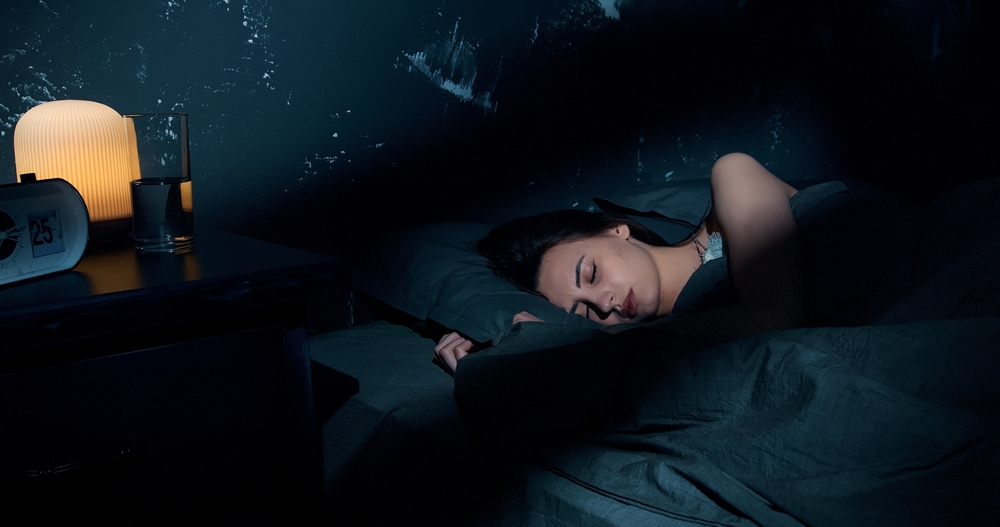
Tech is not the enemy of sleep anymore, it is a powerful ally when used the right way. Modern sleepmaxxing involves tracking tools like the Oura Ring, Whoop Band, and smart mattresses that monitor sleep stages, body temperature, heart rate variability, and oxygen levels. These tools give feedback on how well you slept and what might be disturbing it. Some even suggest personalized habits to fix it. Wearable data can reveal if you are not spending enough time in deep sleep or if you are waking during REM. Smart alarms can wake you at the lightest part of your sleep cycle to avoid grogginess. Apps like Sleep Cycle or Calm help guide wind-down routines using white noise, guided meditation, and soundscapes. The goal is to make sleep easier to measure, improve, and master using real-time biofeedback.
Creating the Ideal Sleep Sanctuary at Home
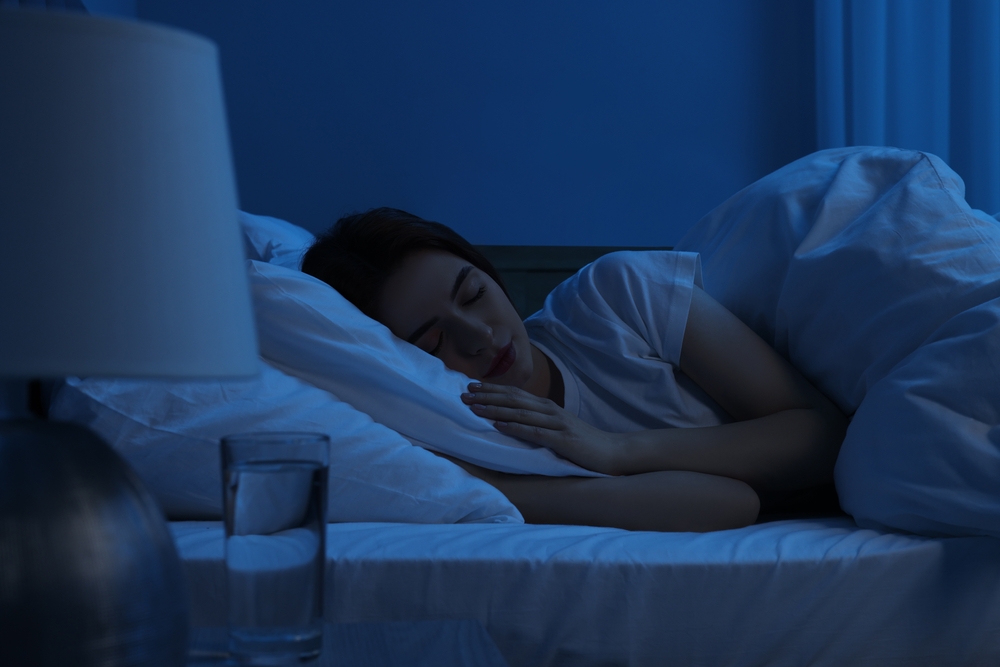
Your sleep environment is one of the most overlooked factors in quality rest. Sleepmaxxing transforms your bedroom into a high-performance recovery zone. Start by removing all blue light sources, including phones, TVs, and harsh LED bulbs. Replace them with amber night lights or red bulbs that do not disrupt melatonin. Use blackout curtains to block streetlight glare and noise-canceling machines or earplugs to cut background sound. Set the room temperature to around 18 degrees Celsius, which studies show supports better deep sleep. Choose breathable bedding made from natural fibers like cotton, bamboo, or linen. Your mattress and pillow should support spinal alignment and comfort without overheating. Add scents like lavender or chamomile using diffusers, which help signal to your brain that it is time to rest. The aim is to associate your bedroom only with sleep, relaxation, and intimacy.
The Role of Evening Routines in Sleepmaxxing
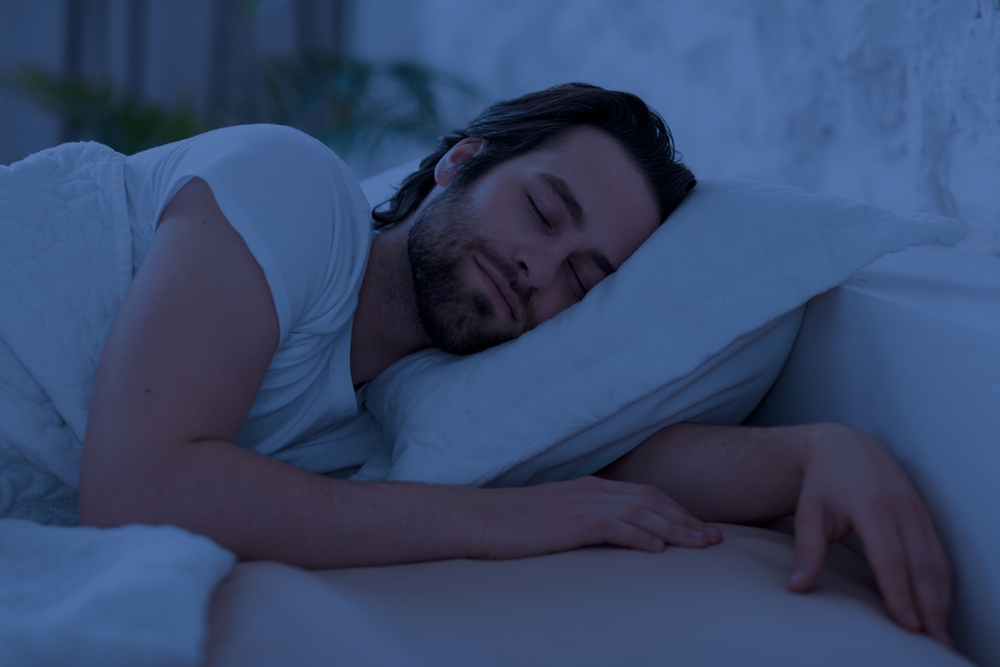
Evening routines are critical to easing your body into sleep mode. A good sleepmaxxing practice starts about one to two hours before bed. This is when you want to shut down stimulating activities and start winding down. Avoid caffeine, alcohol, heavy meals, and intense exercise during this window. Instead, focus on relaxing rituals like reading a physical book, journaling, stretching, or taking a magnesium bath. Dim the lights to cue your circadian rhythm that nighttime is here. Stop using screens or install blue light filters on your devices. Many people also use sleep supplements like glycine, magnesium glycinate, or L-theanine to calm the nervous system. The goal is to signal to your body that sleep is coming, so it can naturally shift from alertness to rest.
Sleepmaxxing as a Performance and Longevity Tool
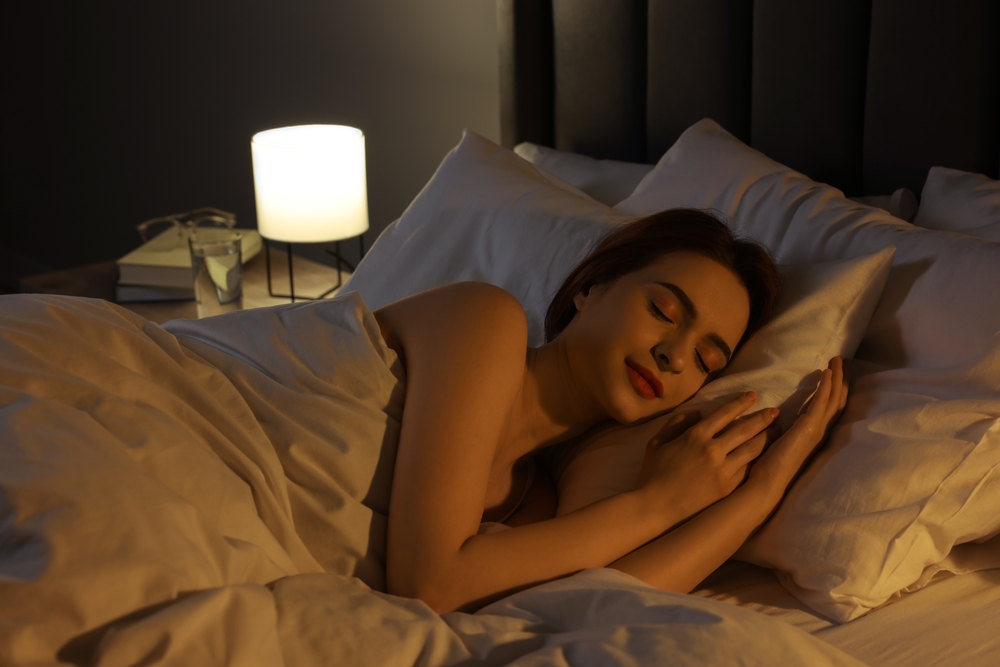
High performers are embracing sleepmaxxing because of its powerful impact on productivity, decision-making, and resilience. CEOs, surgeons, and elite athletes are known to prioritize sleep as part of their training or work regimen. Sleep-deprived brains function similarly to alcohol-impaired ones in terms of reaction time and cognitive accuracy. Better sleep leads to faster recovery from workouts, improved memory retention, and stronger emotional control. Over time, sleepmaxxing helps reduce the risk of age-related diseases like Alzheimer’s, heart disease, and type 2 diabetes. It is no longer seen as a passive health habit. It is an active performance edge that sharpens focus and increases mental stamina. For those chasing long-term success, sleepmaxxing is not optional, it is essential.
How to Begin Your Own Sleepmaxxing Journey
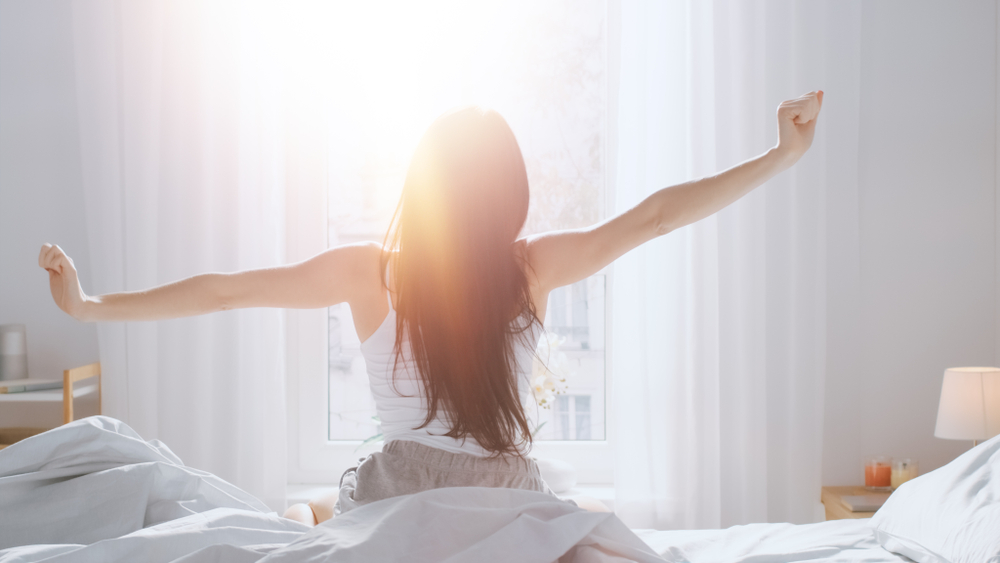
Getting started with sleepmaxxing does not require fancy gadgets. It starts with consistency. Set a regular bedtime and wake-up time, even on weekends. This trains your body clock to fall asleep and wake naturally. Next, create a calming nighttime routine and optimize your sleep environment for light, sound, temperature, and comfort. Track your sleep using a journal or a basic app to identify what improves or worsens your rest. Avoid screens and caffeine in the evening and try gentle wind-down practices. Small adjustments done consistently will build a strong sleep foundation. Over time, you can add layers like advanced tracking, wearable tools, or targeted supplementation. The point is not to obsess over sleep but to respect it enough to support it.
Why Sleepmaxxing Is More Than Just a Trend
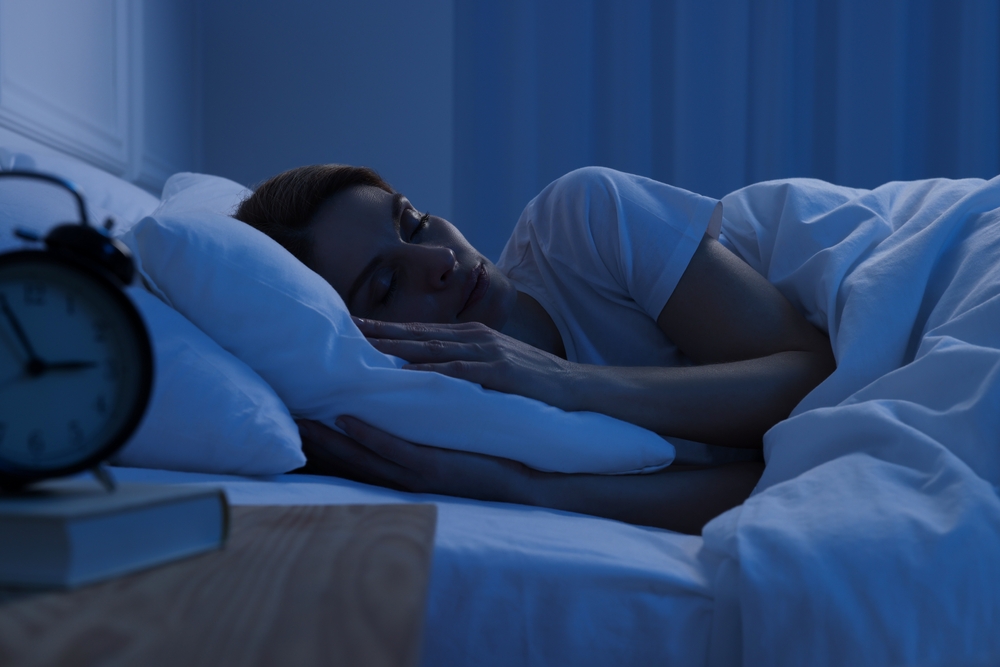
Unlike short-lived wellness fads, sleepmaxxing is grounded in decades of scientific research. It is backed by neuroscience, endocrinology, and circadian biology. It speaks to a cultural shift where rest is no longer viewed as weakness but as wisdom. People are waking up to the fact that good sleep is one of the most powerful investments in energy, mood, health, and beauty. With rising mental health challenges and physical burnout rates, sleepmaxxing offers a gentle, sustainable path to healing. It reminds us that sometimes the most radical act of self-care is simply going to bed on time. As this movement grows, it may help reverse the sleep crisis plaguing modern society.
Sleepmaxxing May Be the Missing Piece in Wellness
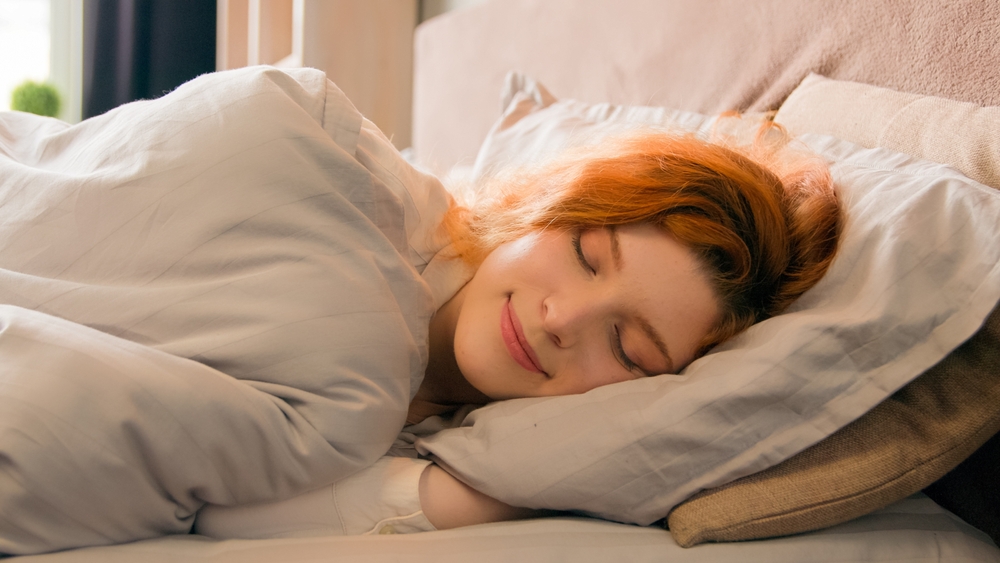
At its core, sleepmaxxing is not about chasing perfection. It is about reclaiming rest as a vital part of life. It recognizes that no supplement, workout, or mindfulness practice can fully replace a good night of sleep. Sleep is when our brains detox, our bodies repair, and our emotions regulate. By prioritizing quality rest, we sharpen our minds and strengthen our bodies. Sleepmaxxing helps people reconnect with their natural rhythms and build resilience from the inside out. In a world that glorifies hustle and distraction, this wellness trend offers something rare, real, and deeply restorative. Sleepmaxxing might be the future of wellness, and the good news is, you do not need to do more. You just need to sleep smarter.
Read More: This Is Why You Still Feel Tired, Even When You Sleep Enough
Disclaimer: This article was created with AI assistance and edited by a human for accuracy and clarity.
Disclaimer: This information is not intended to be a substitute for professional medical advice, diagnosis or treatment and is for information only. Always seek the advice of your physician or another qualified health provider with any questions about your medical condition and/or current medication. Do not disregard professional medical advice or delay seeking advice or treatment because of something you have read here.
